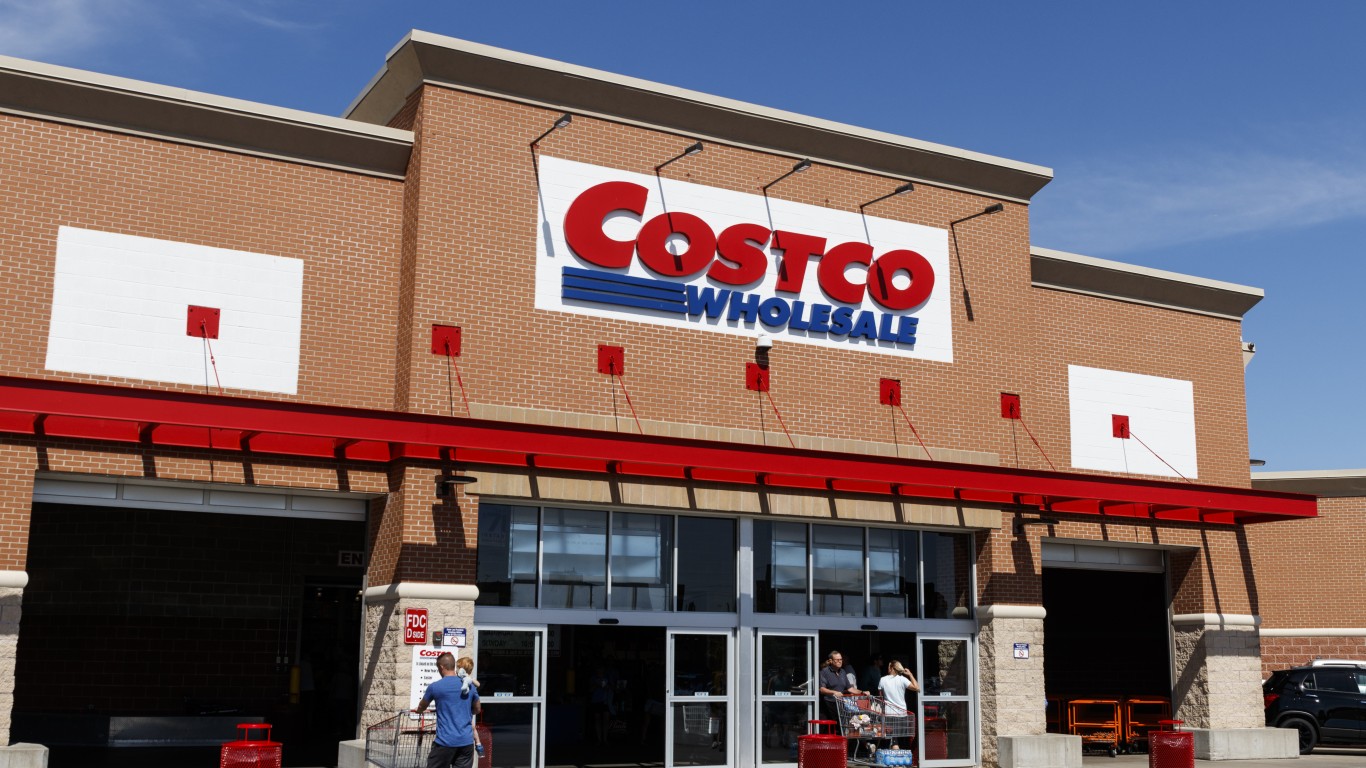

When a chief executive officer leaves a company, shareholders sometimes feel nervous. When CEOs leave a company when it has been in duress, the shareholders and investment community sometimes cheer with the hope that new blood will fix the company.
Shares of Blue Apron Holdings Inc. (NYSE: APRN) soared on Wednesday after the company announced that Brad Dickerson would resign as Blue Apron’s president and CEO. The press release even said that his departure is leaving the company well-positioned strategically. Unfortunately, there may be some persistent issues here that may persist or which are too difficult to structurally fix.
Dickerson had joined Blue Apron as its chief financial officer in February 2016 and he became President and CEO in November 2017. The company noted that Dickerson decided to resign in order to pursue new opportunities, and also that he will serve as an advisor to the company for time to assist with the transition.
The big announcement from Blue Apron was that its board of directors appointed Linda Findley Kozlowski to be Blue Apron’s president, chief executive officer, and a member of the board. One additional point of interest here, on top of Blue Apron’s awful share performance since its IPO, is that the changes are to be effective as of April 8, 2019. That’s effectively starting next week rather than a long thought out handover and transition period.
One reason the investing community is happy here, again on top of poor share price performance, was that there is a degree of pedigree here in new economy companies. According to the Blue Apron press release:
Kozlowski brings a proven record of success at innovative, consumer-focused companies, having most recently served as Chief Operating Officer of Etsy, Inc. and prior to that as COO of Evernote Corporation.
She is also on the board of Ralph Lauren, Styleseat and the nonprofit Dress for Success.
The first issue that comes to mind here is that perhaps Blue Apron’s guidance for profitability would be in jeopardy. The press release about the resignation indicated that Blue Apron was also affirming its guidance of “significant improvement in net loss and achieving profitability on an adjusted EBITDA basis for first quarter and full year 2019.
Perhaps the greatest issue to consider here is that Blue Apron is continuing to face rapidly changing industry problems. On top of Whole Foods having been acquired by Amazon, there is simply no barrier to entry in the field of meal-kits and food delivery items and clubs.
Blue Apron’s revenues saw explosive growth from 2015 into 2016, but after rising to $881 million in 2017 (versus $795 million in 2016), the 2018 figure fell to $667.6 million. Its consensus revenue estimate from Thomson Reuters is roughly $574 million in 2019, down about 14% from last year, and the 2020 estimate is roughly $598 million. Those are no longer anything close to being strong growth trends for a new economy company that has seen peak-demand from its users come and go.
A last issue of concern would be the post-news trading activity. Blue Apron shares opened up at $1.14 on Wednesday morning and traded as high as $1.15, but the closing bell trade was a gain of just 7% at $1.04 with a low on the day of $1.02.
24/7 Wall St. had opined that Blue Apron could survive if gets a new CEO, but that has been several months now and the company is not entirely out of the woods for NYSE-delisting despite a deal with Weight Watchers.
The company may have a new leader that is experienced and well versed in the new economic models, but many of the underlying issues will be present regardless of who leads this company.
Essential Tips for Investing: Sponsored
A financial advisor can help you understand the advantages and disadvantages of investment properties. Finding a qualified financial advisor doesn’t have to be hard. SmartAsset’s free tool matches you with up to three financial advisors who serve your area, and you can interview your advisor matches at no cost to decide which one is right for you. If you’re ready to find an advisor who can help you achieve your financial goals, get started now.
Investing in real estate can diversify your portfolio. But expanding your horizons may add additional costs. If you’re an investor looking to minimize expenses, consider checking out online brokerages. They often offer low investment fees, helping you maximize your profit.
Thank you for reading! Have some feedback for us?
Contact the 24/7 Wall St. editorial team.



